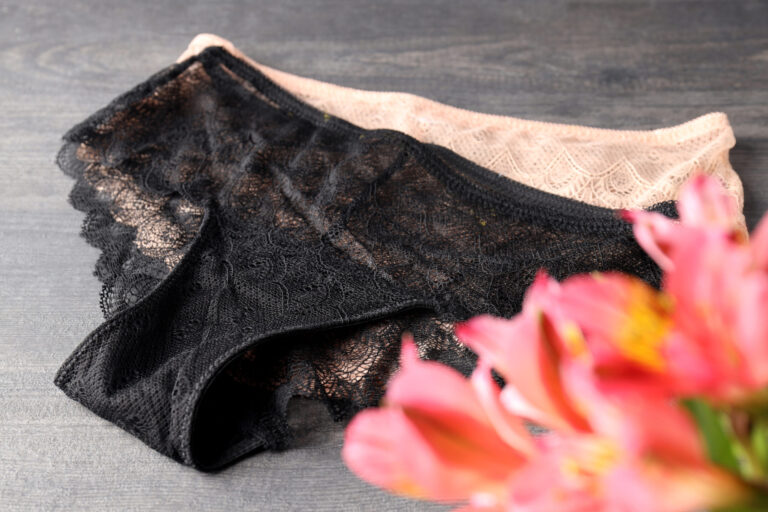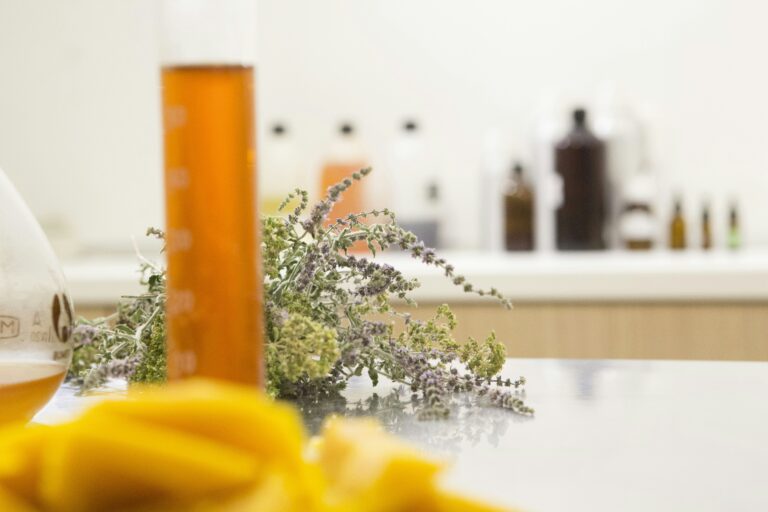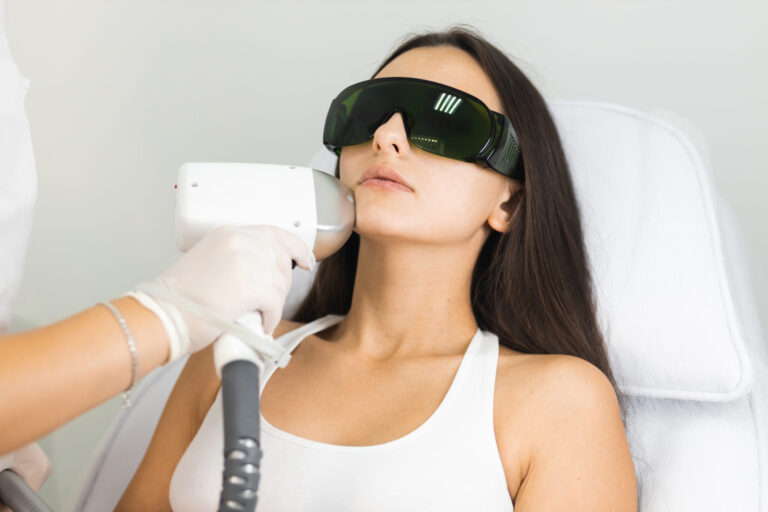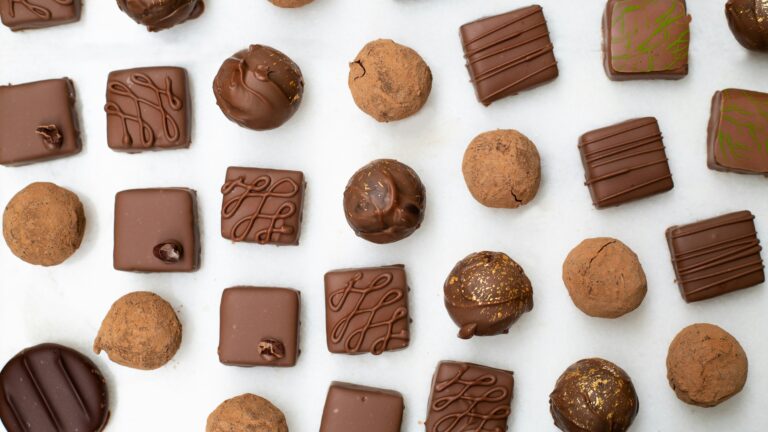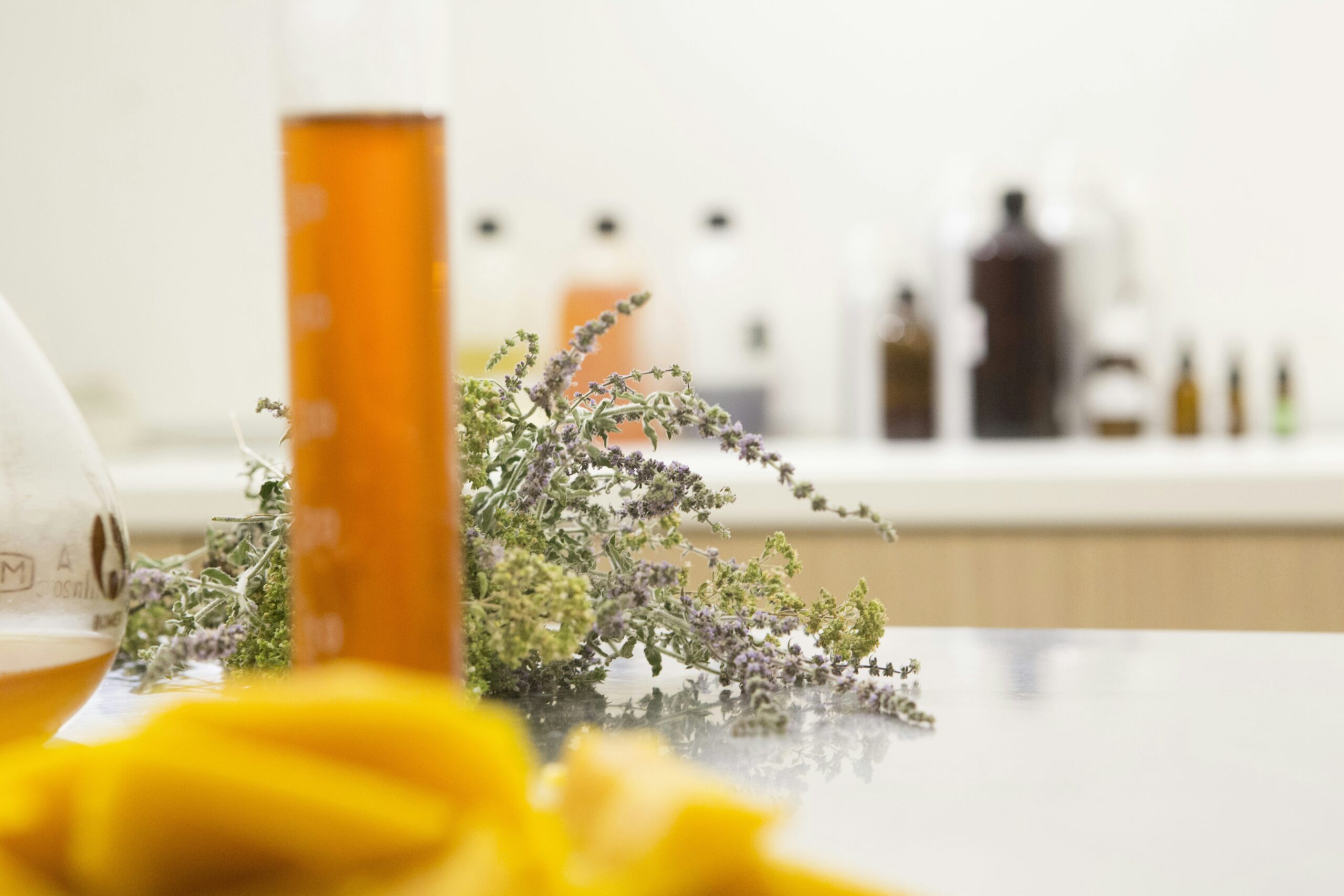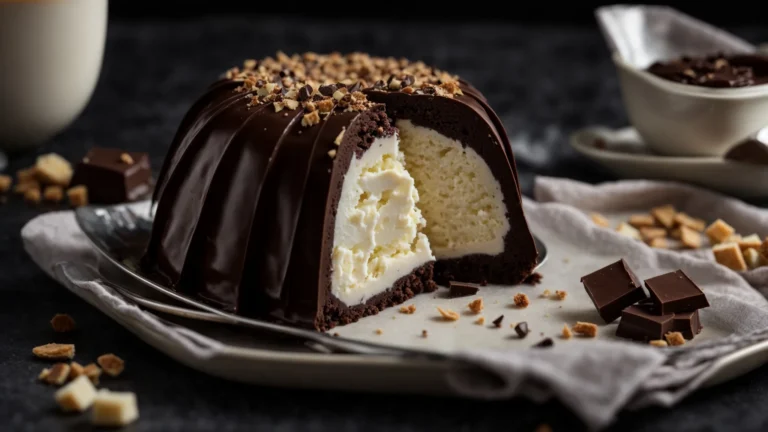Crafting With Care: Resources for Creating Your Own Organic Skincare Creams
The quest for healthier, more sustainable beauty routines is leading many to explore the realm of organic skincare. Crafting your own creams not only ensures you’re using the purest ingredients but also empowers you to customize products for your specific skin needs. Tapping into the benefits of natural substances can elevate your skincare routine immensely. Keep reading to unveil how you can become your own skincare artisan, blending nature and science in the comfort of your home.
Understanding the Benefits of Organic Skincare Creams
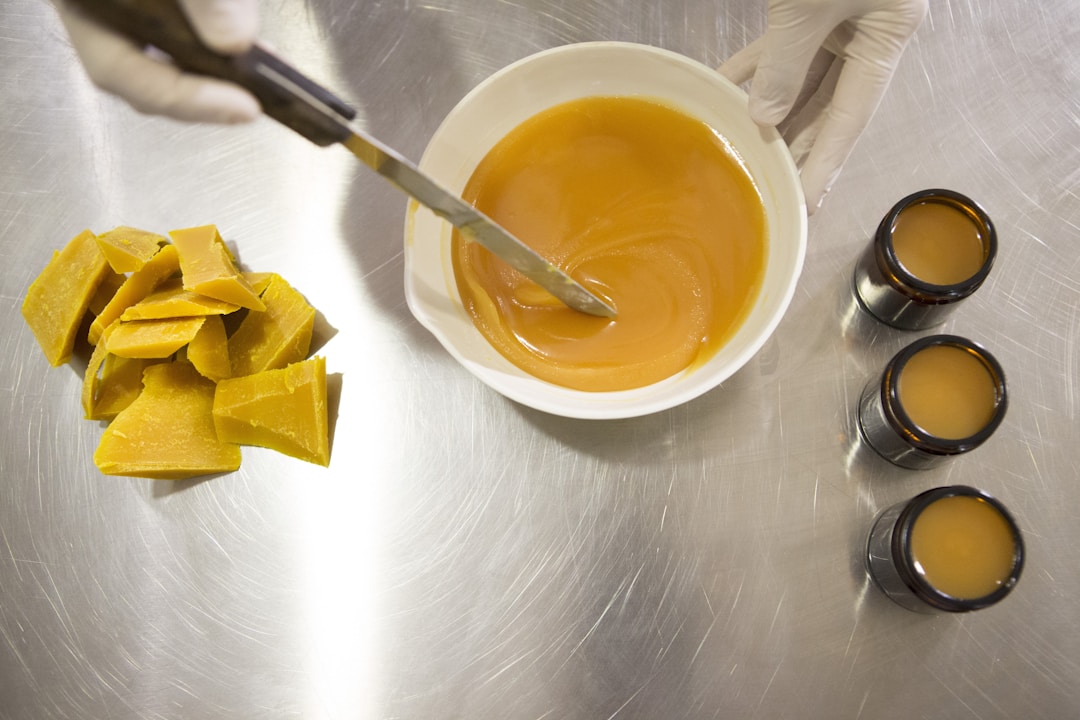
When it comes to skincare, the organic approach is hailed for its avoidance of synthetic chemicals, parabens, and artificial fragrances. These are known to cause various dermatological issues for some users. By using organic creams, you’re treating your skin to the gentle nourishment it deserves, minimizing the risk of reactions and building a foundation for long-term health and radiance.
The efficacy of organic skincare lies in the power of natural ingredients which are rich in vitamins, antioxidants, and essential fatty acids. These substances work in harmony with the body’s innate healing processes to improve skin texture, elasticity, and overall appearance without the harsh effects of conventional products.
Furthermore, opting for home-crafted skincare can sometimes lead to cost savings in the long run. Using pure, concentrated ingredients reduces the need for frequent purchases and cuts down on packaging waste. You can participate in sustainable practices by using small plastic containers lids for storing your homemade creams effectively.
Essential Ingredients for Organic Skincare Cream Formulation
Organic skincare creams typically start with a base of natural oils or butters such as coconut oil, shea butter, or cocoa butter. These substances form the cream’s emollient foundation, providing intense moisture and a protective barrier for the skin. Picking cold-pressed and unrefined versions ensures that you are getting the most nutrients from these ingredients.
Emulsifiers are critical in cream creation as they bind water and oil-based ingredients, which would otherwise separate. Lecithin, derived from soy or sunflower, and beeswax are two commonly used natural emulsifiers in organic skincare formulations.
To add therapeutic benefits to your cream, incorporating essential oils can be transformative. Lavender for calming, tea tree for its antiseptic qualities, and rosehip for its anti-aging properties are exceptionally popular. It’s crucial to understand essential oil dilution rates to ensure they are safe for use on the skin.
Lastly, natural preservatives such as vitamin E, rosemary extract, and grapefruit seed extract extend the shelf life of your homemade skincare. While not as potent as synthetic options, they can help to keep your creams fresh for a reasonable period post-manufacture.
Maintaining Quality and Safety in Homemade Skincare
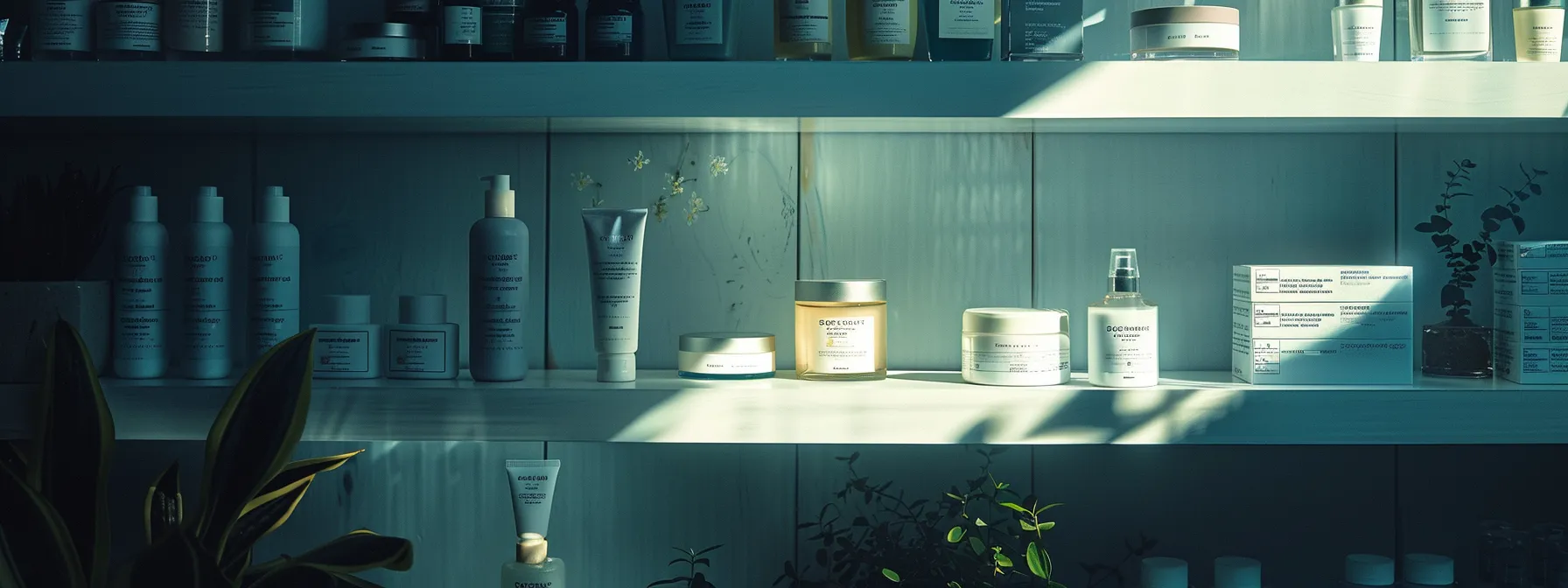
Creating organic skincare at home requires diligence, especially when it comes to preservation and product longevity. While natural preservatives can extend the shelf life of your product, understanding their limitations and proper usage rates is paramount. This prevents bacterial growth and maintains the integrity of your cream.
Labeling your handmade products with the date of creation and a suggested expiry date can help you keep track of their freshness. Sticking to small batches that can be used within the period of your cream’s optimal effectiveness is a smart practice. Additionally, always perform a patch test before full application to check for any adverse reactions, particularly with new ingredients.
Storage plays a significant role in the lifespan of homemade skincare. Keeping your creams in a cool, dark place can slow down the degradation of natural ingredients. For hygiene purposes, using clean utensils to scoop the cream rather than fingers can minimize the introduction of germs into your product.
Advanced Tips for Personalizing Your Organic Skincare Creams
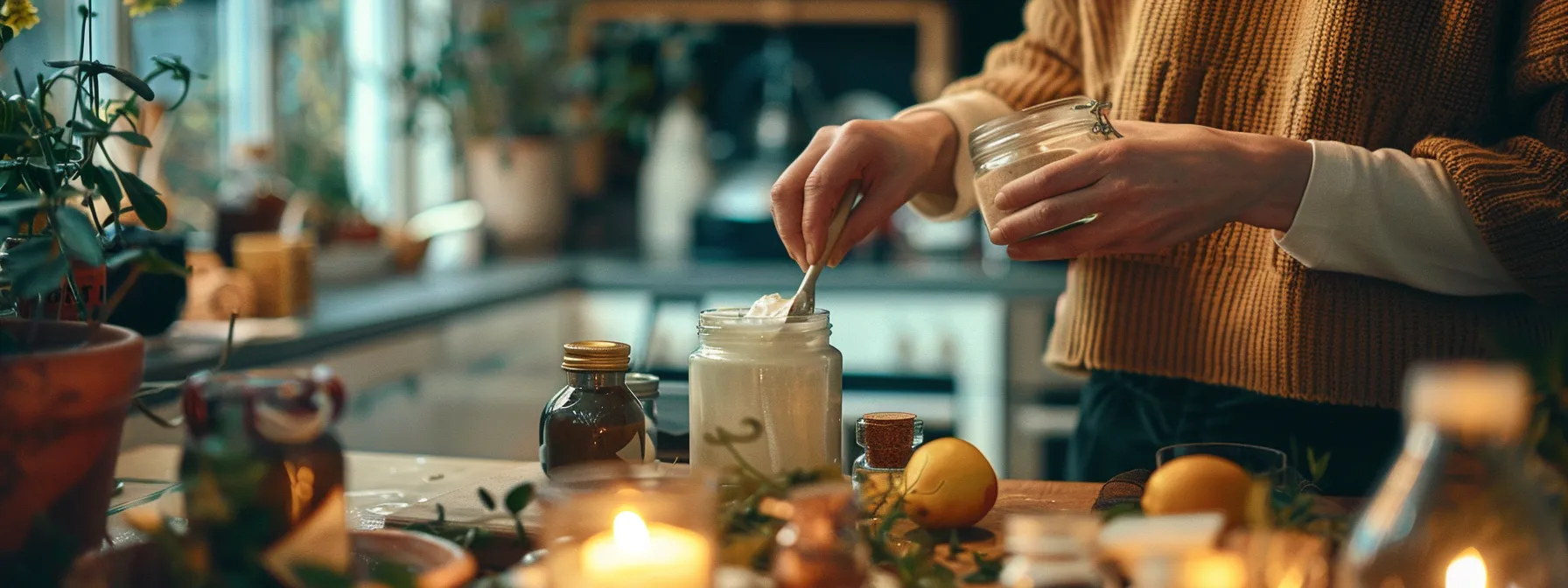
Once you’ve mastered the basics of organic cream crafting, you can start to personalize formulas based on your skin type and preferences. For instance, adding hyaluronic acid can boost hydration for dry skin, while incorporating clay might benefit those with an oily complexion. It’s this customization that makes homemade skincare so rewarding and effective.
Exploring botanical infusions can elevate the therapeutic properties of your creams. Infusing your base oils with herbs like calendula or chamomile introduces additional healing benefits. This subtle art requires patience, as the infusion process can take several weeks, but the results are well worth the wait.
Altogether, creating your own organic skincare creams is a rewarding process that allows for unrivaled customization and purity in your beauty regimen. Overall, as you explore the intricate world of natural ingredients and master the art of formulation, you create not only a product but also a ritual that nurtures both skin and soul.






